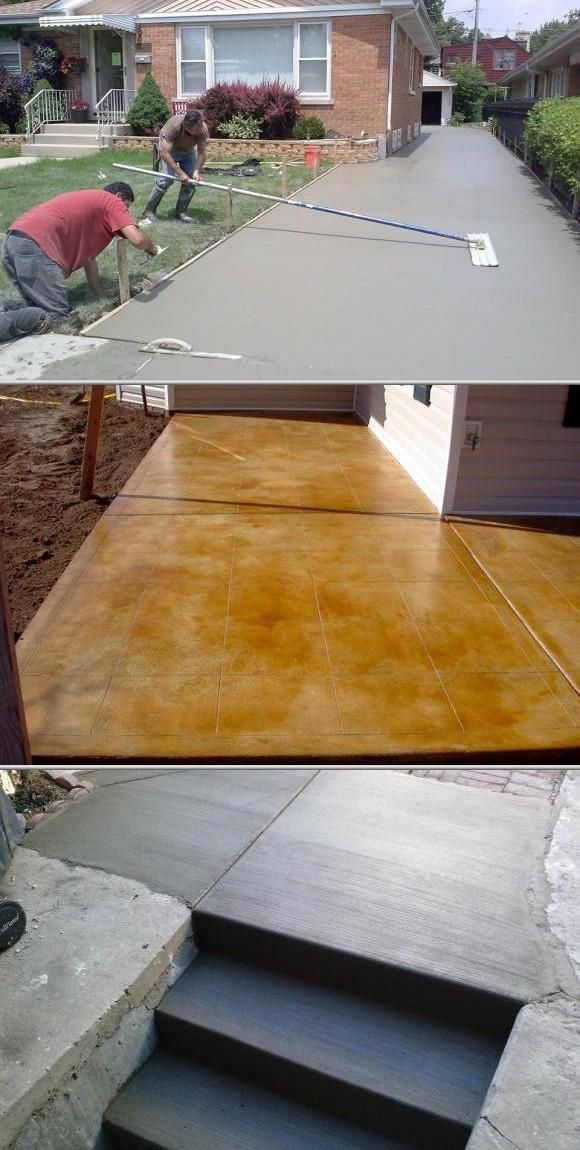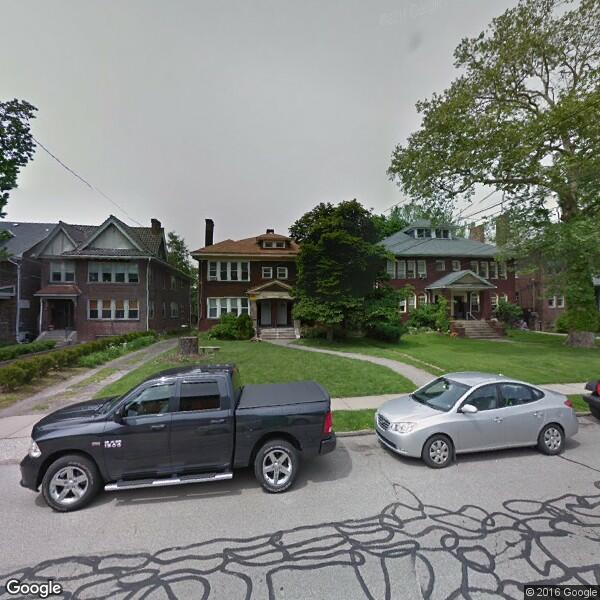
Before hiring a professional for your basement finishing, you need to know what type of project it is and how much it will cost. First, make sure to understand the types of materials and sheet panels you'll require. Also, be sure to understand the process of Mudjacking. This will save time and money.
Cost of framing
Framing costs for basement finishing projects vary depending on what features are desired. Some features will only cost you a few hundred dollars, while others can cost you thousands. This will depend on your location and your specific needs. Framing costs for a basement that has a full bathroom will be much higher than framing costs for a smaller project like a tub and shower.

Cost of drywall
It's important to know how much it will cost per square feet to install drywall in a basement. To determine the cost per square foot, simply divide the perimeter of the space by the width of each panel. A traditional panel can cost between $11 and $25 depending on the style or thickness of the drywall. Other options for a finished basement ceiling include plywood, wood planks, and plastic panels. A standard sheet of plywood will cost between $3.30 and $4.50 per square foot.
Cost of sheet paneling
Sheet paneling is a cost-effective way to finish your basement. You can purchase prefinished panels in a wide range of colors for as low as $12 per square feet. Beveled panels are great for adding texture to walls. This paneling can be installed quickly and has seams at the ends. The cost per square foot is between $10 and $30.
Cost of mudjacking
Mudjacking, the most expensive method of basement finishing, is not recommended. A slab with an area of approximately 800 square feet costs around $2,400 to $4.800. The concrete mix is injected underneath the slab by drilling holes in it. This can raise the concrete level or lift load-bearing walls. It is best to seek a contractor who offers a free estimate based on square footage or area.

Cost of installing lighting
There are many ways to calculate the cost of lighting your basement. First, you should determine the size of the room, its shape, and the amount of space you need to cover with lighting. For instance, one recessed light will cover about 70 square feet, but you may want to consider installing multiple lights in a row. Recessed lighting can provide more even lighting than shelving. Recessed lighting can be added to your ceiling to draw more attention to it.
FAQ
Is a handyman able to make suggestions on how to improve my house?
Absolutely! A handyman is skilled in all aspects of home maintenance and repair. He or she will know what needs to be done and what won't. You don't have to be shy about asking for advice when you need it.
Is it worthwhile to spend more money on professional handyman services?
This depends entirely on the type of project you want to be performed. For complex projects, such as an office renovation or construction project, a professional handyman would be a great option.
Why hire a handyman when I can do it myself?
It saves you time and money to hire a handyman. Not only will you save time, but you also avoid the hassle of hiring another person. Hire a handyman to help you with your job.
How often should I employ a handyman to help me?
It all depends on what your project is. If you are looking for a quick fix, like installing a lightbulb, you may only need one handyman per week. For large-scale remodeling projects, you might need to hire several handymen.
Handyman services are more expensive than general contractors.
Yes! A handyman can sometimes provide a much cheaper alternative to having a general contractor complete a task. This is especially true for those who have never had a contractor do a job. Additionally, a handyman will speed up the job completion because they can complete certain tasks quicker and more efficiently.
Statistics
- “Once the pandemic hit, that number fell to about 20%.” (inquirer.com)
- An estimate was that in 2003, the market for home maintenance and repair spending was up 14% 2001 to 2003. (en.wikipedia.org)
- Mila keeps a commission of 20% for each completed service performed by Friends and charges various service fees regarding work done by Pros. (appjobs.com)
- Our handyman services for seniors are provided by professional senior helpers who have been serving the community for over 20 years with 98% customer satisfaction. (cantatahomeservices.org)
- Another estimate was that the market in the United States was $126 billion and was increasing by about 4% annually. (en.wikipedia.org)
External Links
How To
How to Replace Broken Tiles
Step 1 – Remove the tiles.
Take out the tiles and place them on a new flooring surface. If you intend to use them, you will want to keep them intact. Note which pieces are missing or damaged to avoid having to search for replacements.
Step 2 – Choose New Tiles
You can take a look at the different options for tile replacement.
-
Find a tile that is identical to the one you are removing.
-
You can use the measurements taken when you removed the tile to locate a matching piece. This makes it easier to get the right size without having to measure again.
-
Be open to different colors, patterns or textures.
-
Consider which grout you would like to use, if any. Some people like a consistent color while others prefer mixing it.
-
It is important to ensure that the tile you choose resists moisture.
-
Finally, consider the placement of your new tile -- you can save time and money by ensuring the area you're installing it in has enough space for proper installation.
-
Once you've decided on your tile, you can order it online or by calling your local Lowe's to place your purchase.
Step 3 - Place the tiles.
To install your tiles, follow the same procedure as before. Be careful to align them properly so they fit together perfectly.
Step 4: Clean Up
Before putting down the final layer of protective material, clean up all the debris from the floor.
This will stop dirt and dust from entering the cracks between tiles.
Step 5 – Sand down the floor
After cleaning everything, sand down the floor to remove any loose particles left behind by the previous step.
Step 6: Finish off
Once the floor has been completely smoothed, apply the protective coatings on the tiles. It is important to wait before you apply the protective coatings.
To protect your floors from stains, you can use "damp-and dry" products.
It will not address all problems that may arise once your tiles have been installed. If you have children, an anti-slip coating may be a good idea.
Finally, don't forget to keep your protective sealer in place for several weeks before moving into your new home.